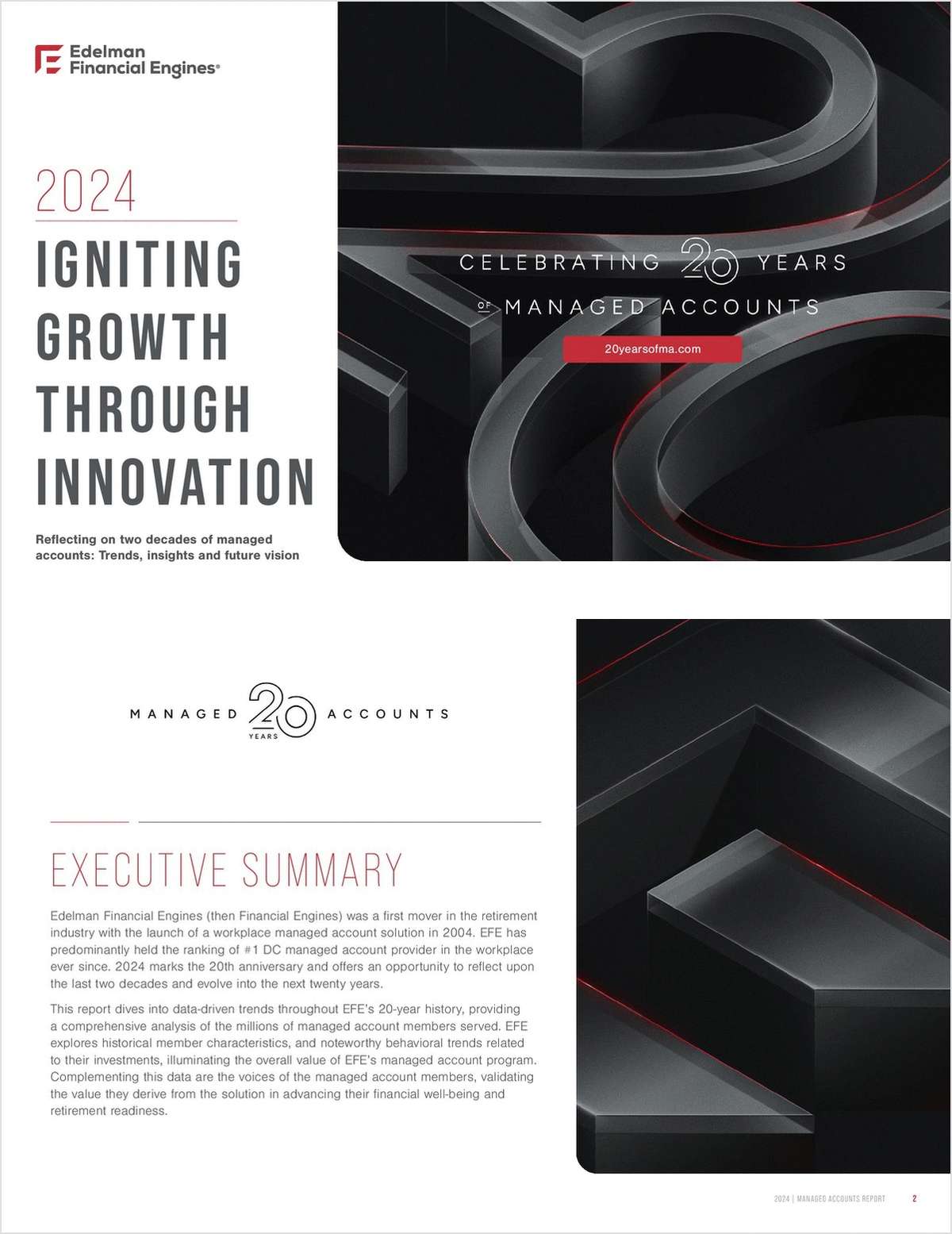 Credit: See More/Adobe Stock
Credit: See More/Adobe Stock
Companies across industries are preparing for the possible looming recession, including through re-evaluating their strategies around talent and hiring. Some companies are putting a pause on projects, and turning to automation or limiting hiring in response to the economic downturn.
Continue Reading for Free
Register and gain access to:
- Breaking benefits news and analysis, on-site and via our newsletters and custom alerts
- Educational webcasts, white papers, and ebooks from industry thought leaders
- Critical converage of the property casualty insurance and financial advisory markets on our other ALM sites, PropertyCasualty360 and ThinkAdvisor
Already have an account? Sign In Now
© 2024 ALM Global, LLC, All Rights Reserved. Request academic re-use from www.copyright.com. All other uses, submit a request to [email protected]. For more information visit Asset & Logo Licensing.








